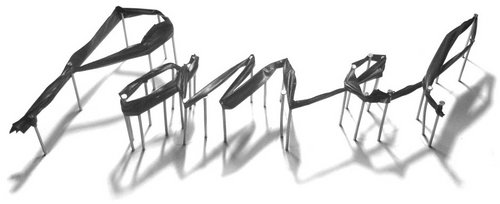Remnants



"How you build a City"
Presented by Panel and Voices of Experience, Remnants: 'How you build a city" is a free newspaper for Glasgow's Merchant City, published online in 2020 and printed in 2022.
Prompted by a growing audio repository of conversations between an experienced architect or maker of the built environment and a young professional at the outset of their career, a series of conversations, writing and illustration on Glasgow's urban planning respond to ‘Of Lovely Tyrants and Invisible Women’, a programme of exhibitions and events, curated by Civic Room, a contemporary art space on Glasgow’s High Street (2015–21).
‘Of Lovely Tyrants and Invisible Women’ set out to investigate themes of gender and racial hierarchies within imperial architecture by considering the symbolism and spatial politics of Civic Room’s building, a former British Linen Bank, built in 1897 by profits garnered, in part, through the slave trade.
With written and illustrated commissions from Tiffany Boyle, Morag Cross, Jade Halbert, Caitlin MacLeod, Rhona Warwick Paterson, Diane Watters, Laura Richmond and Louise Welsh and including conversations between Fiona Sinclair with Mairi Laverty, Adele Patrick with Akiko Kobayashi, Kirsteen Borland with Heather Claridge and Anne Duff with Cathy Houston.
View Remnants online and download here
Order your free, physical copy here
"How you repair a City"
Mitchell Library, 11 June 2022
To launch the newspaper, Voices of Experience chaired a round table discussion considering how Glasgow as a City might ‘repair’ itself to achieve climate justice through a 21st century approach to urbanism.
With contributions from Heather Claridge, Urban Planner and Designer, Fiona Sinclair, Conservation Architect and Alex Wilde, Director and Chair, Govanhill Baths and a spoken-word performance by artist and poet Rhona Warwick Paterson.

Partners
Remnants was commissioned by Panel in partnership with Voices of Experience for Civic Room’s programme ‘Of Lovely Tyrants and Invisible Women', 2019–20.
Generously supported by Historic Environment Scotland


